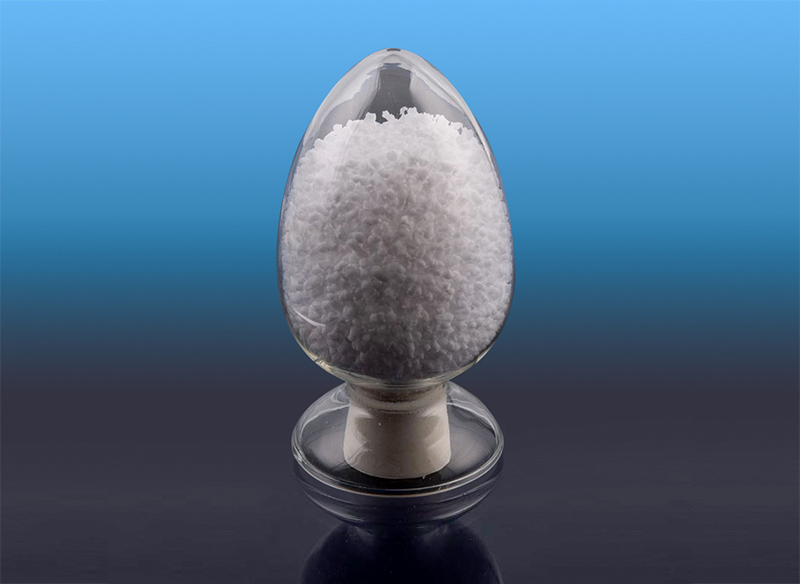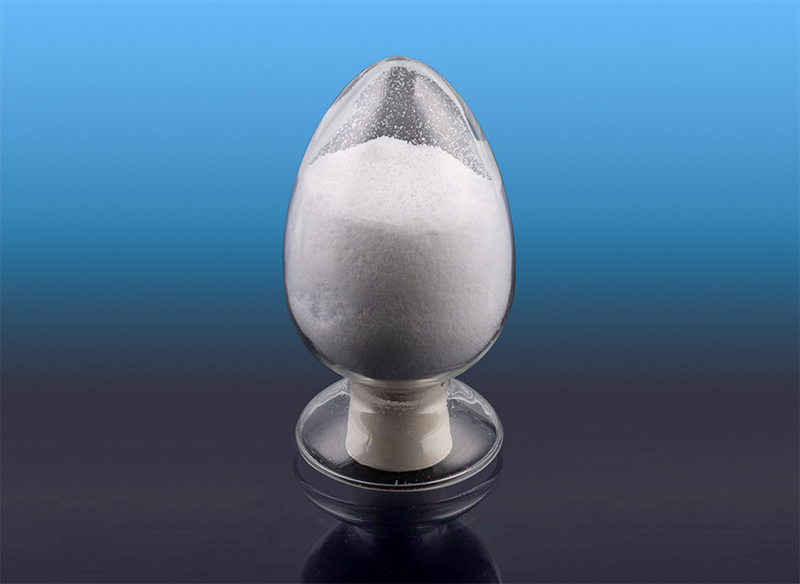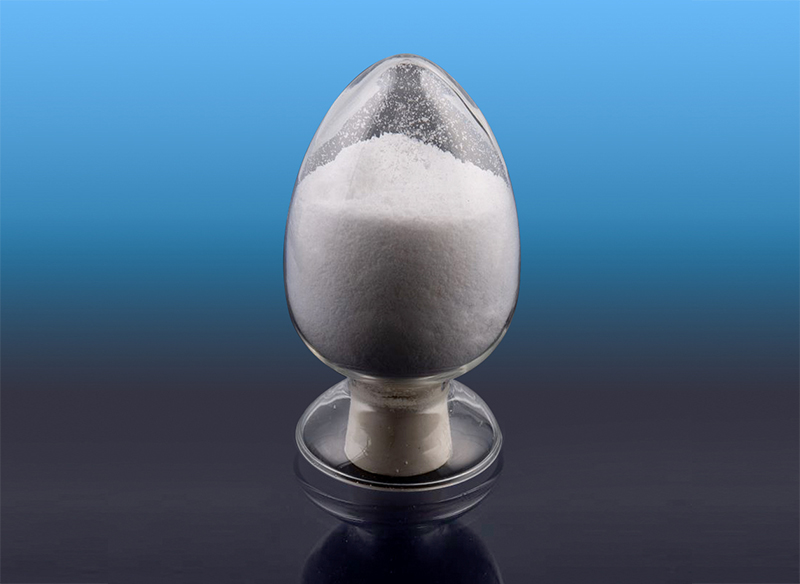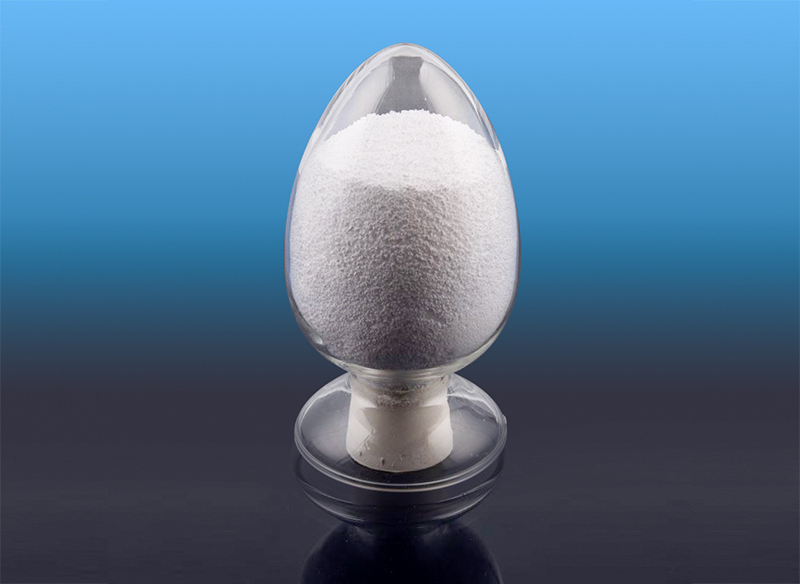In what applications is low density TPR preferred over high density or traditional rubber materials?
Applications Where Low Density TPR Excels Over High Density and Traditional Rubber
Low density TPR (Thermoplastic Rubber) is widely adopted across industries that demand lightweight, flexible, and cost-efficient materials. Its unique balance of elasticity and thermoplastic processability allows manufacturers to replace traditional vulcanized rubber in applications where reduced weight, easy recycling, and improved surface aesthetics are key priorities. The versatility of low density TPR makes it suitable for footwear, automotive parts, soft-touch grips, sealing components, and consumer goods.
Footwear Industry: Cushioning and Comfort
One of the most prominent uses of low density TPR is in the footwear sector, particularly for outsoles, midsoles, and inserts. The material’s soft yet resilient structure provides excellent cushioning and shock absorption. Its lower density translates into lighter shoes, improving user comfort and reducing fatigue during long wear. Additionally, low density TPR offers superior colorability and surface finish, supporting both functional and aesthetic design requirements in casual, sports, and safety footwear.
- Lightweight design for enhanced mobility.
- High slip resistance and abrasion durability.
- Excellent adhesion with EVA or fabric layers.
- Recyclable and easy to mold for mass production.

Automotive Components: Weight Reduction and Vibration Damping
In automotive engineering, low density TPR is preferred for lightweight components that require flexibility, resilience, and ease of processing. It is commonly used in interior trim parts, gaskets, vibration damping pads, and dust covers. Compared with traditional rubber, low density TPR reduces overall vehicle weight, contributing to fuel efficiency and emission reduction goals. Its excellent moldability enables intricate designs for functional surfaces such as soft-touch panels and sealing profiles.
| Component | Function | Benefits of Low Density TPR |
| Door seals | Air and water sealing | Enhanced flexibility and low compression set |
| Vibration dampers | Noise reduction | Lightweight and resilient damping |
| Interior grips | Tactile comfort | Soft-touch surface and easy overmolding |
Consumer and Household Products: Aesthetic and Functional Design
Low density TPR is extensively used in consumer goods where softness, comfort, and durability are essential. Its excellent elastic recovery and smooth surface make it ideal for tool handles, toothbrush grips, kitchenware, and electronic accessories. Unlike traditional rubber, it does not require vulcanization, allowing faster molding cycles and simpler recycling. Its compatibility with thermoplastics such as PP and ABS enables two-shot or co-injection molding, achieving ergonomic designs with enhanced tactile properties.
- Soft, non-slip grip for user comfort.
- Superior color uniformity and gloss control.
- Odorless and skin-safe for consumer applications.
- High flexibility across a wide temperature range.
Industrial Applications: Sealing, Insulation, and Protective Parts
In industrial manufacturing, low density TPR replaces heavier and more rigid rubber parts in sealing and protective applications. It is used in cable insulation, vibration isolators, and shock-absorbing components for machinery. Its excellent elasticity and compression recovery help maintain long-term sealing performance under variable pressures. Moreover, its resistance to water, oil, and mild chemicals expands its usability in demanding work environments.
Comparison with High Density and Traditional Rubber
Compared with high density TPR and vulcanized rubber, low density TPR delivers a better balance between performance and production efficiency. It provides sufficient mechanical strength while minimizing weight and cost, particularly where flexibility and soft texture are valued more than extreme tensile strength.
| Material Type | Density | Elasticity | Recyclability |
| Low Density TPR | Lightweight | High | Excellent |
| High Density TPR | Heavier | Moderate | Good |
| Traditional Rubber | Variable | High (after vulcanization) | Low |
Conclusion: Lightweight Versatility for Modern Applications
Low density TPR provides a modern alternative to heavier and less efficient rubber materials. Its balance of elasticity, lightweight structure, and recyclability allows manufacturers to design products that meet both performance and sustainability requirements. Whether in footwear cushioning, automotive seals, or ergonomic consumer goods, low density TPR continues to gain preference as a versatile, energy-efficient material supporting the evolving needs of contemporary industries.





